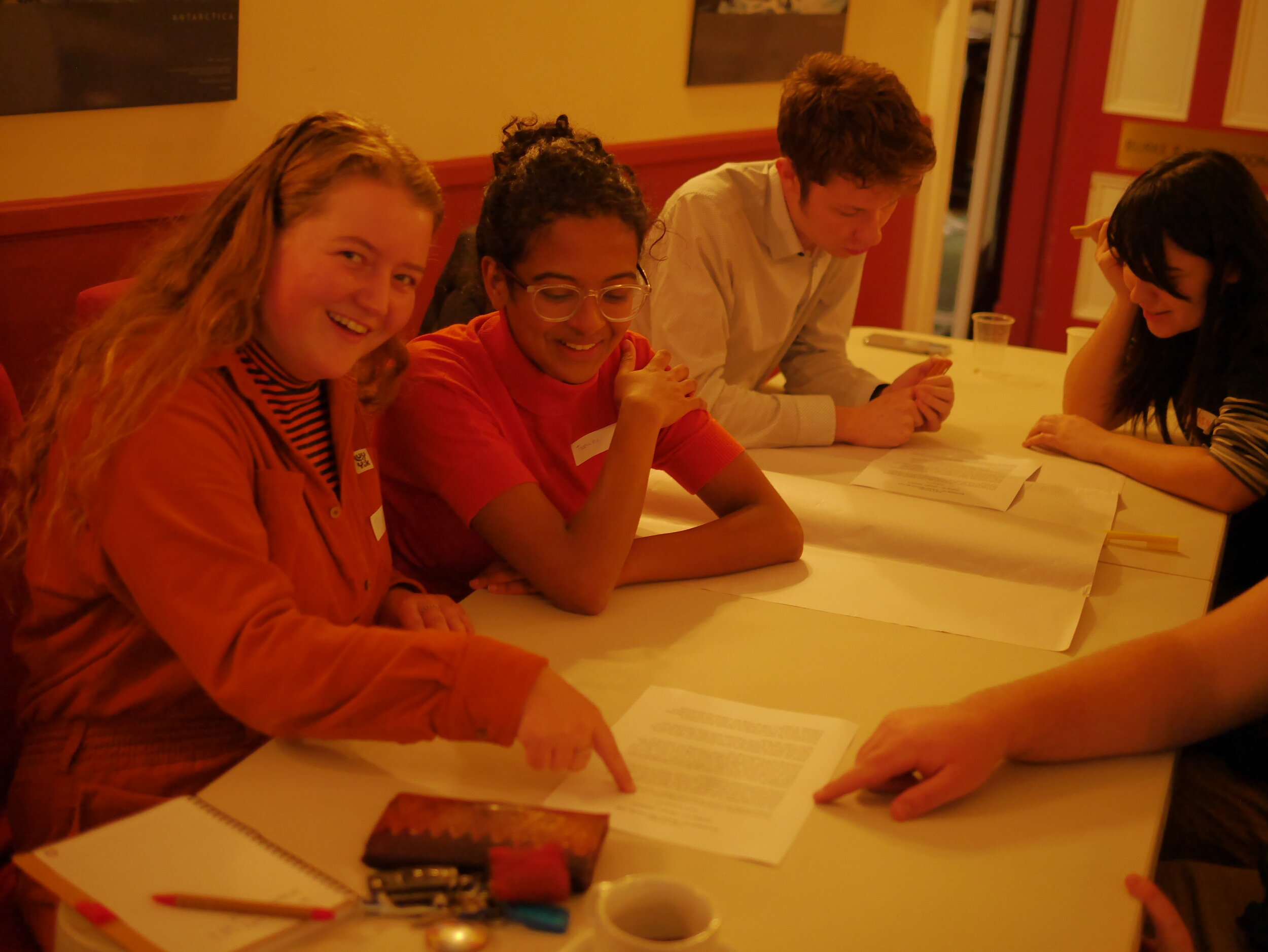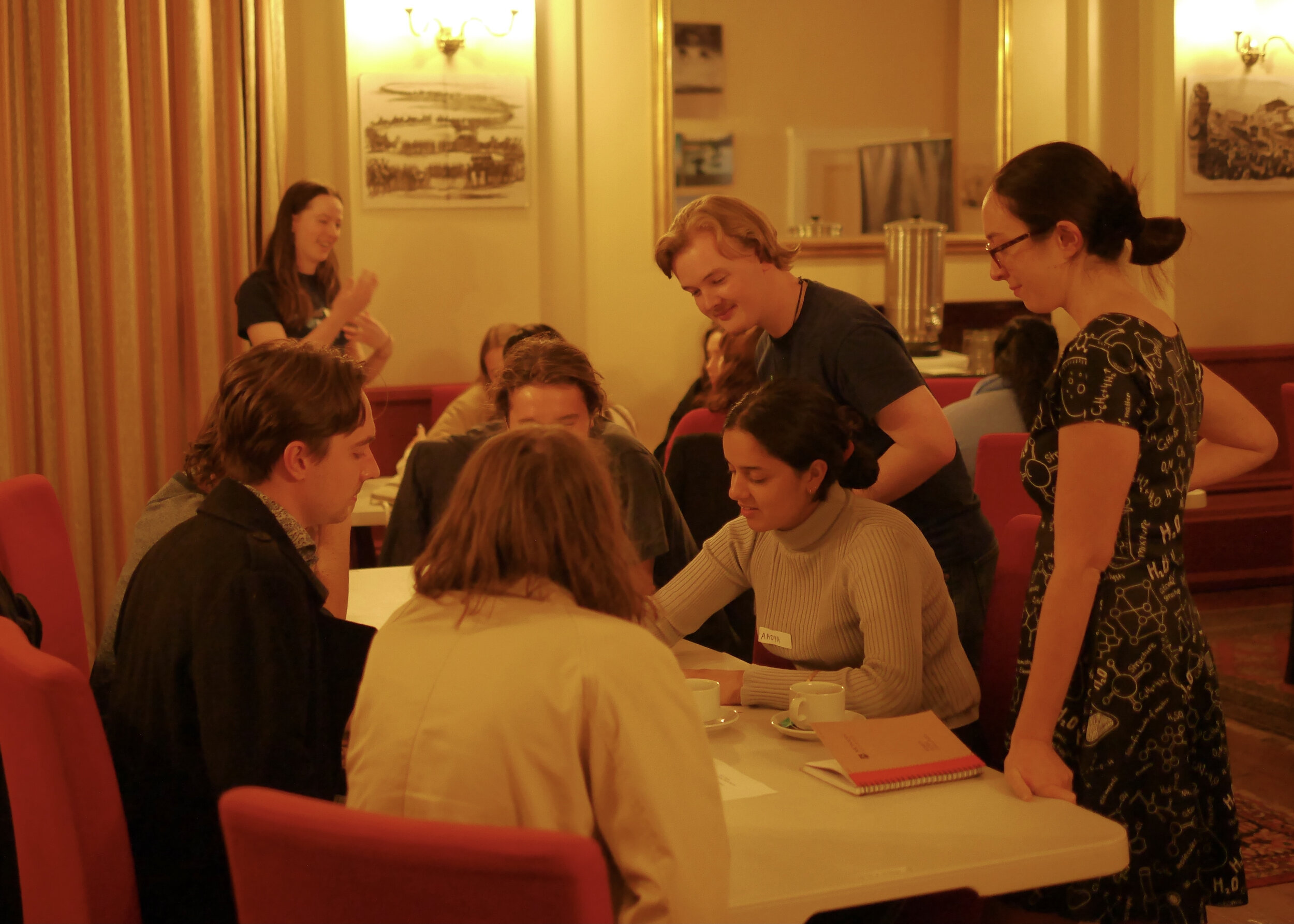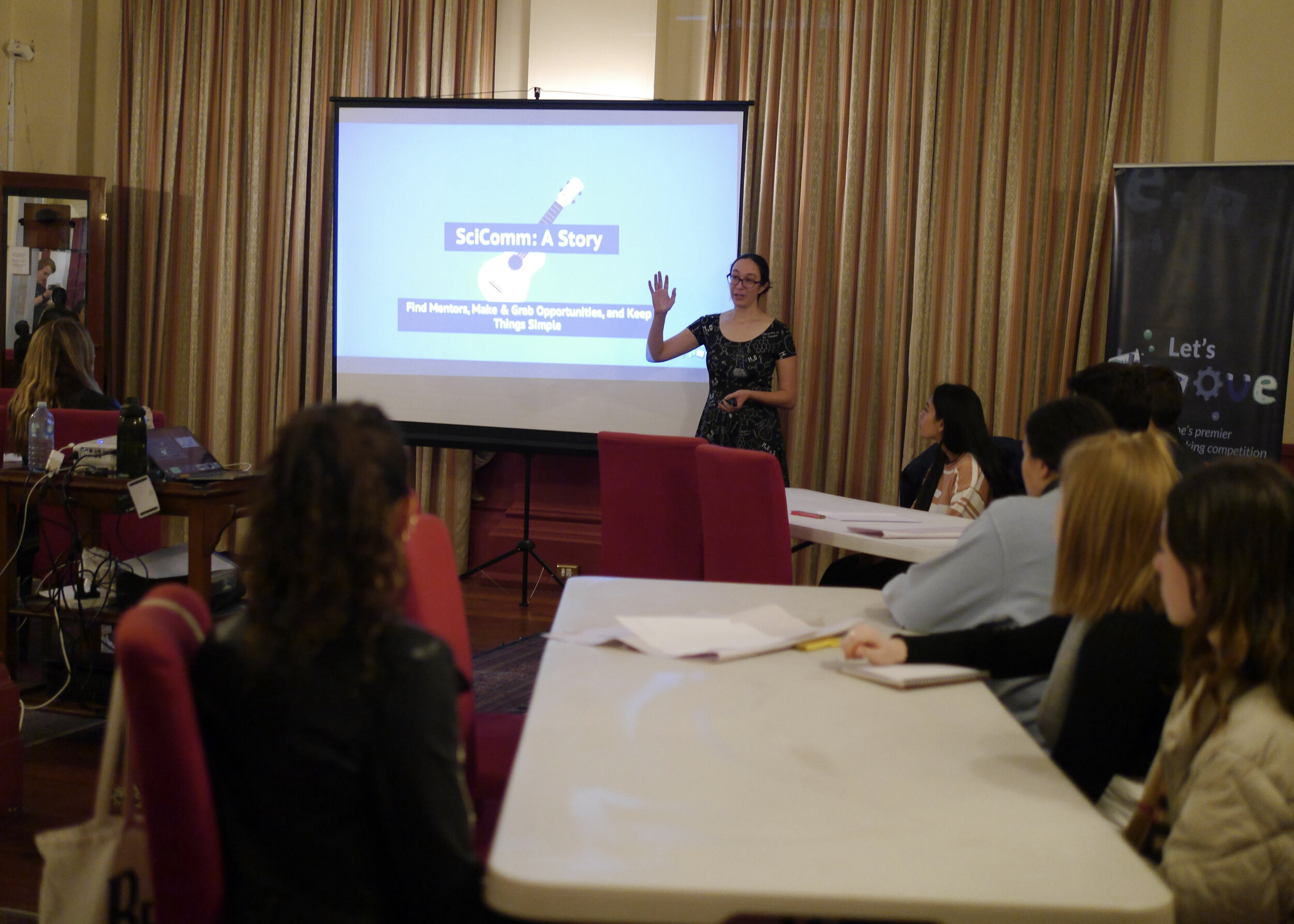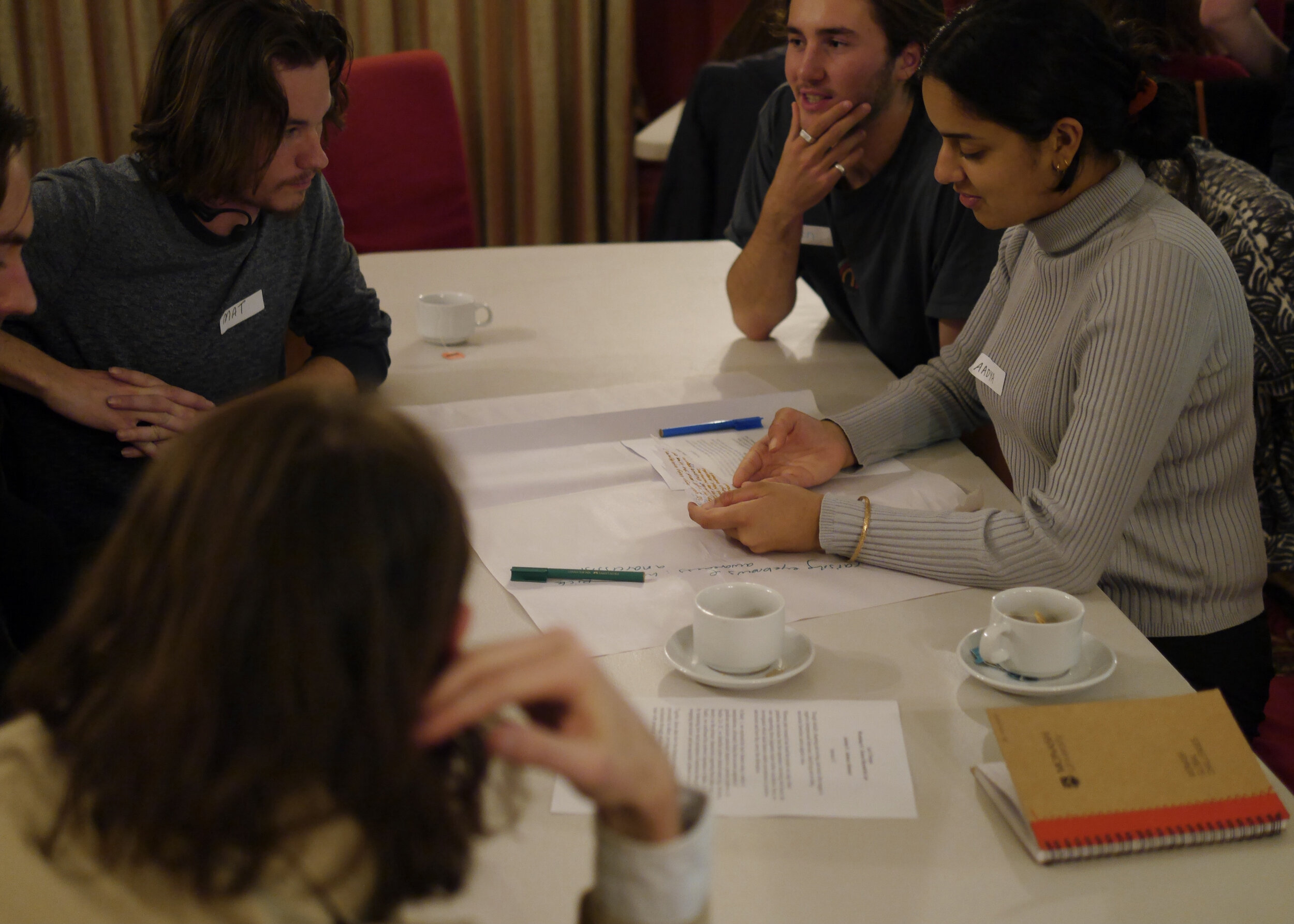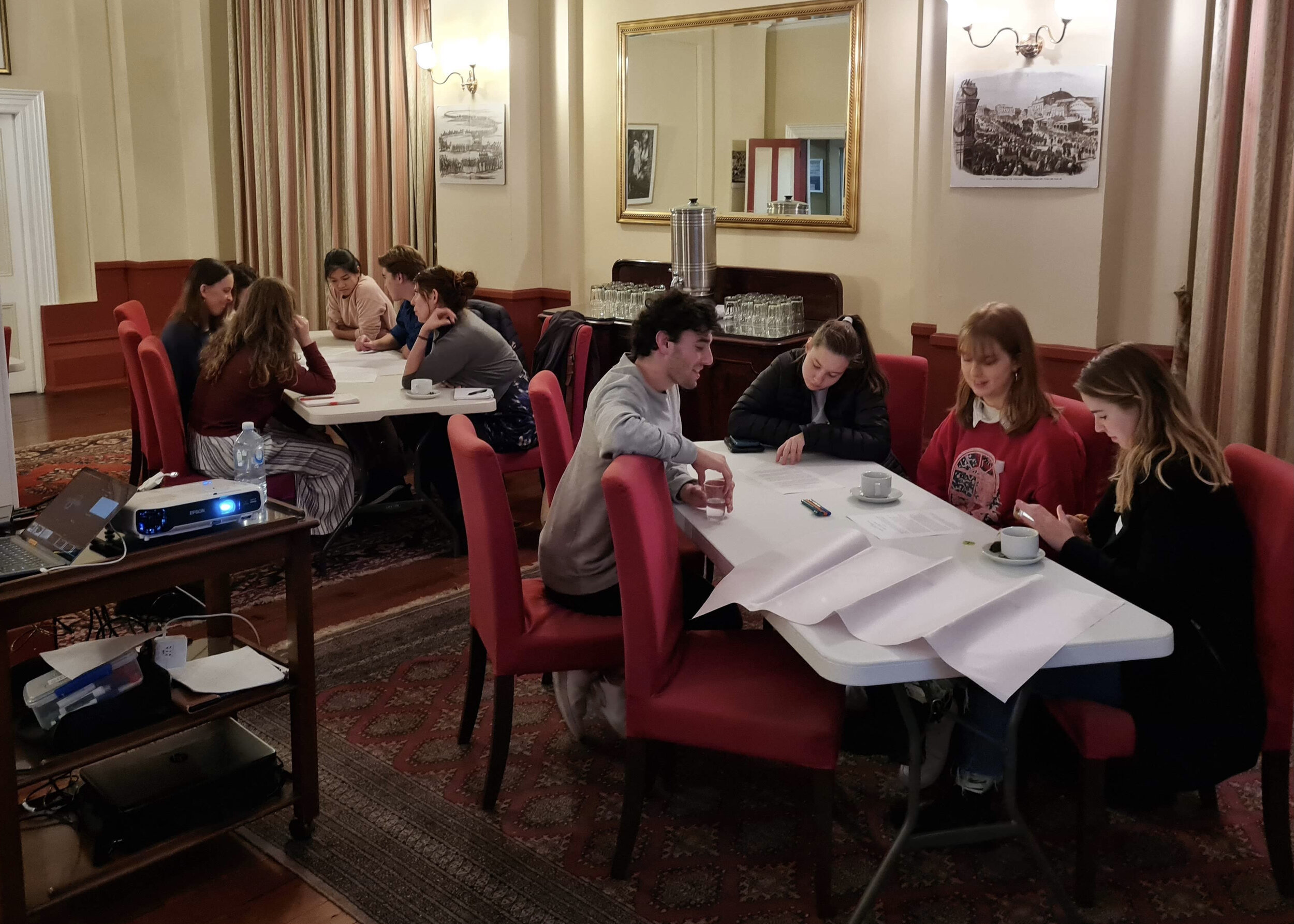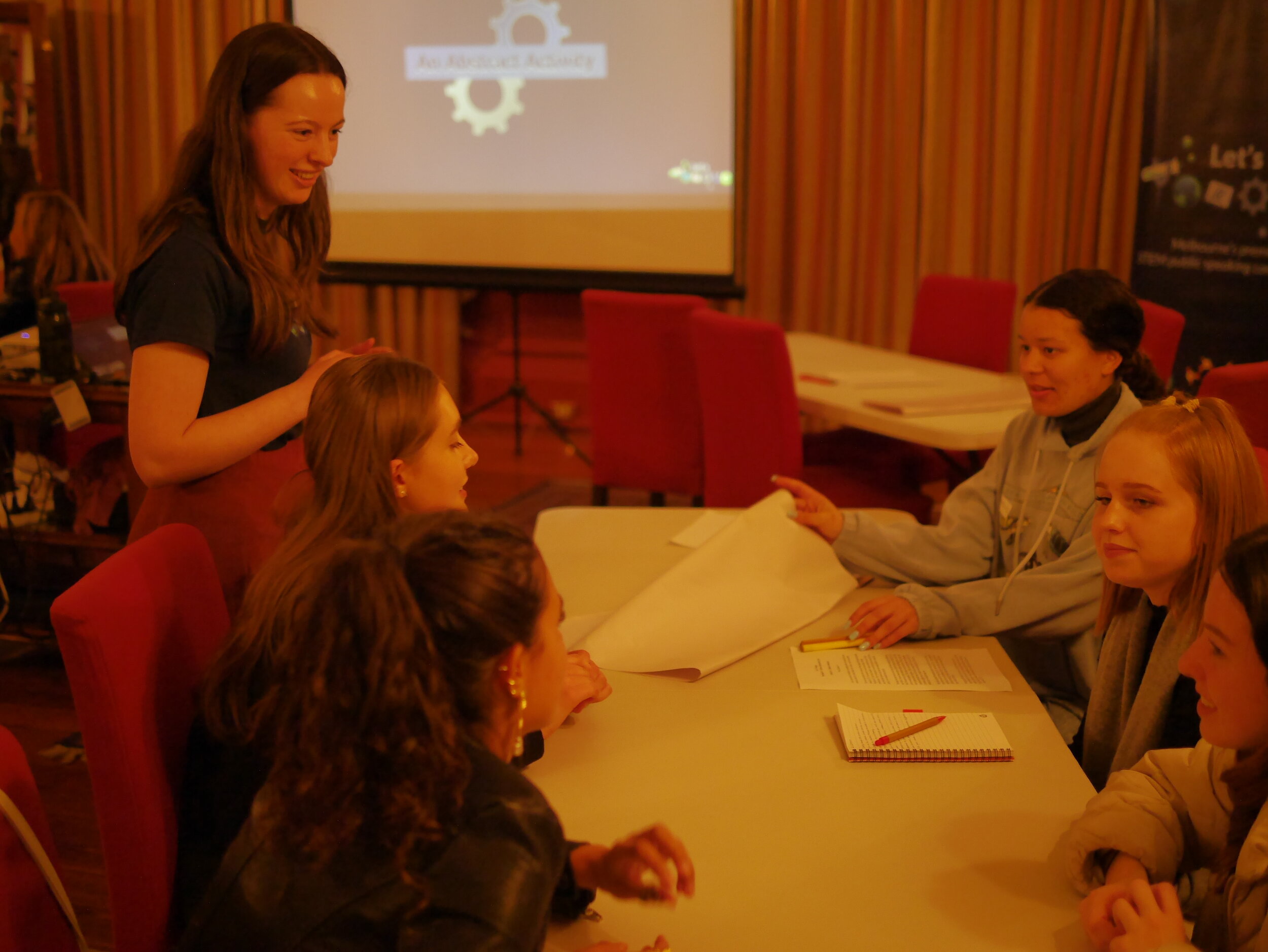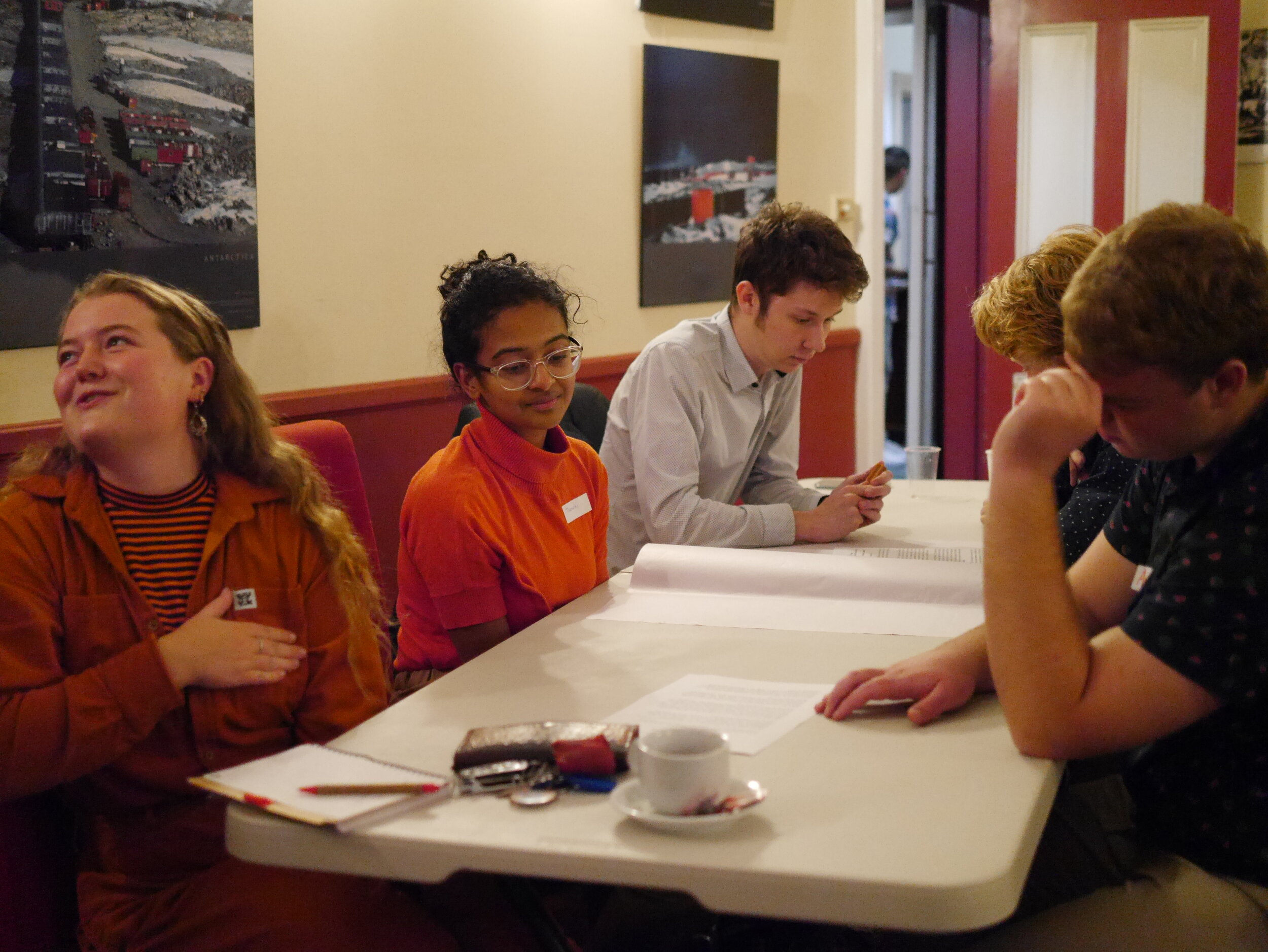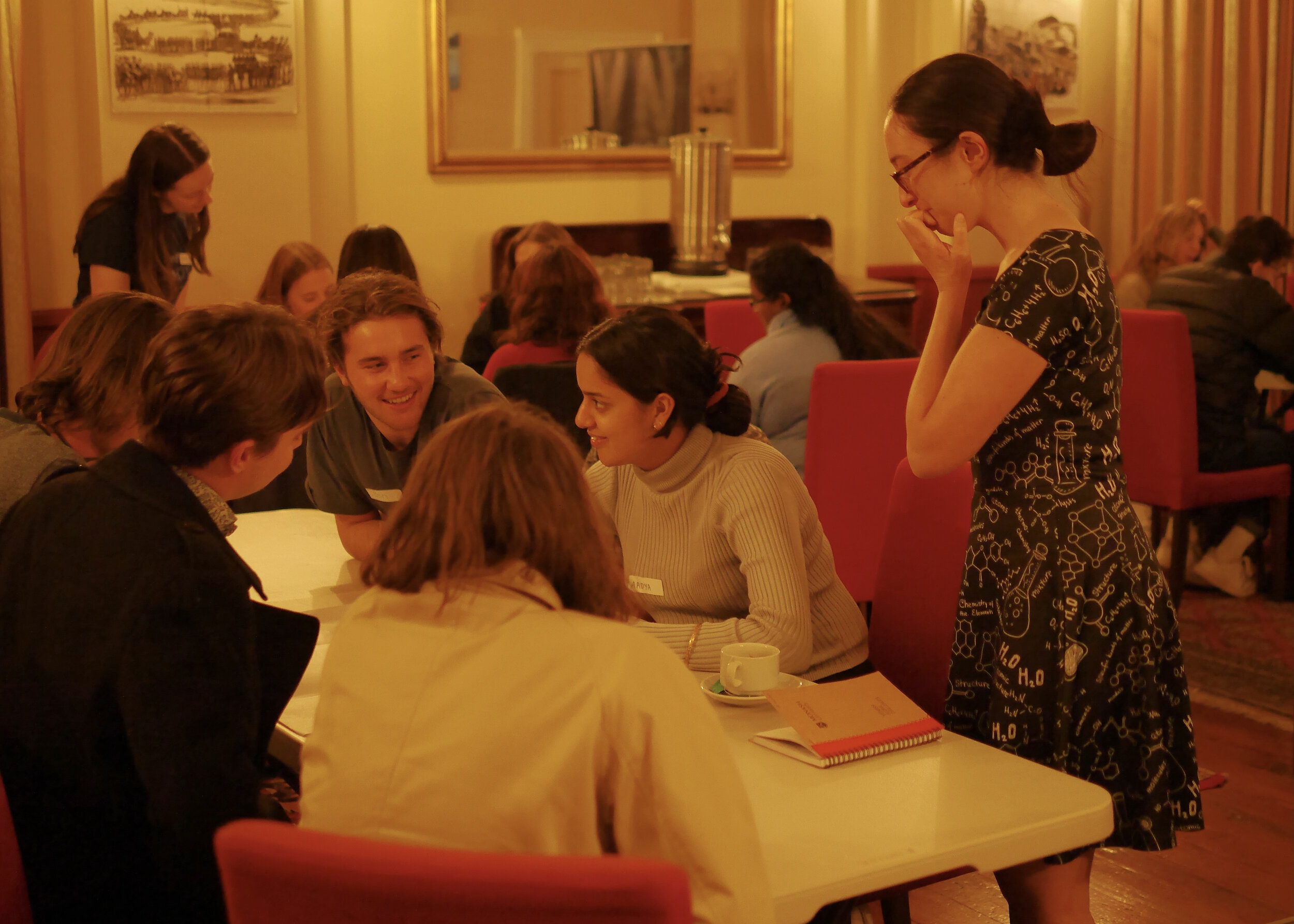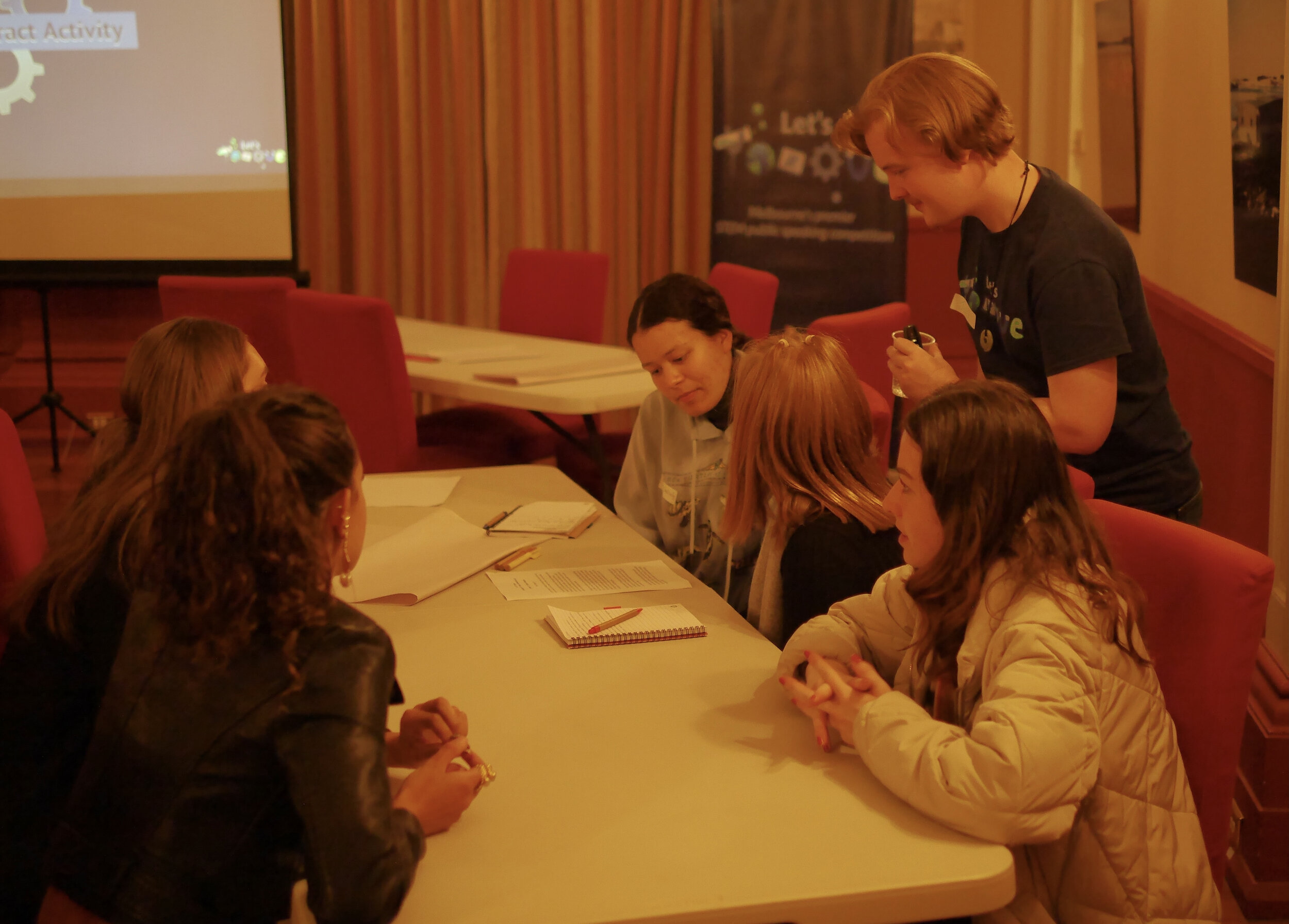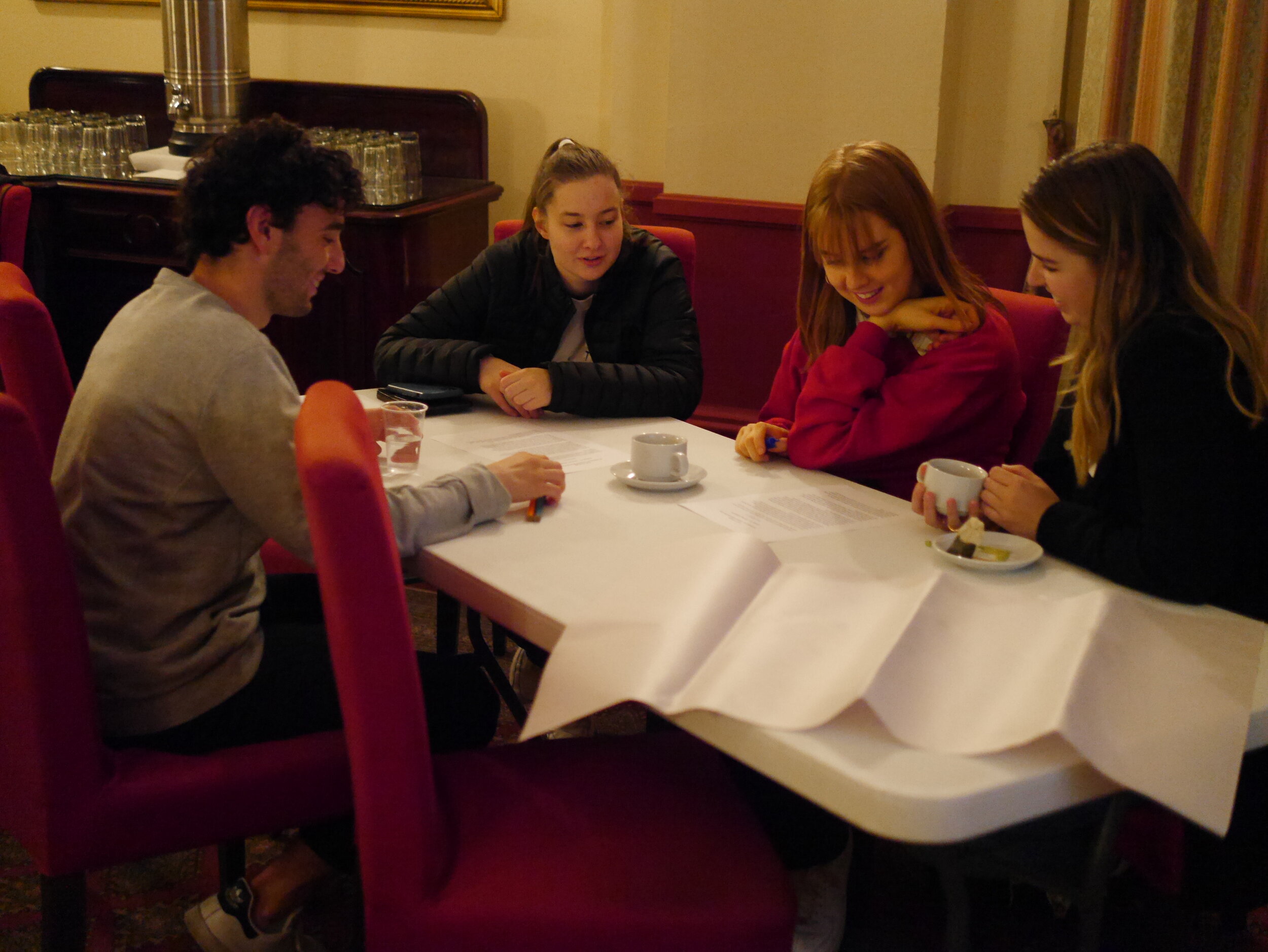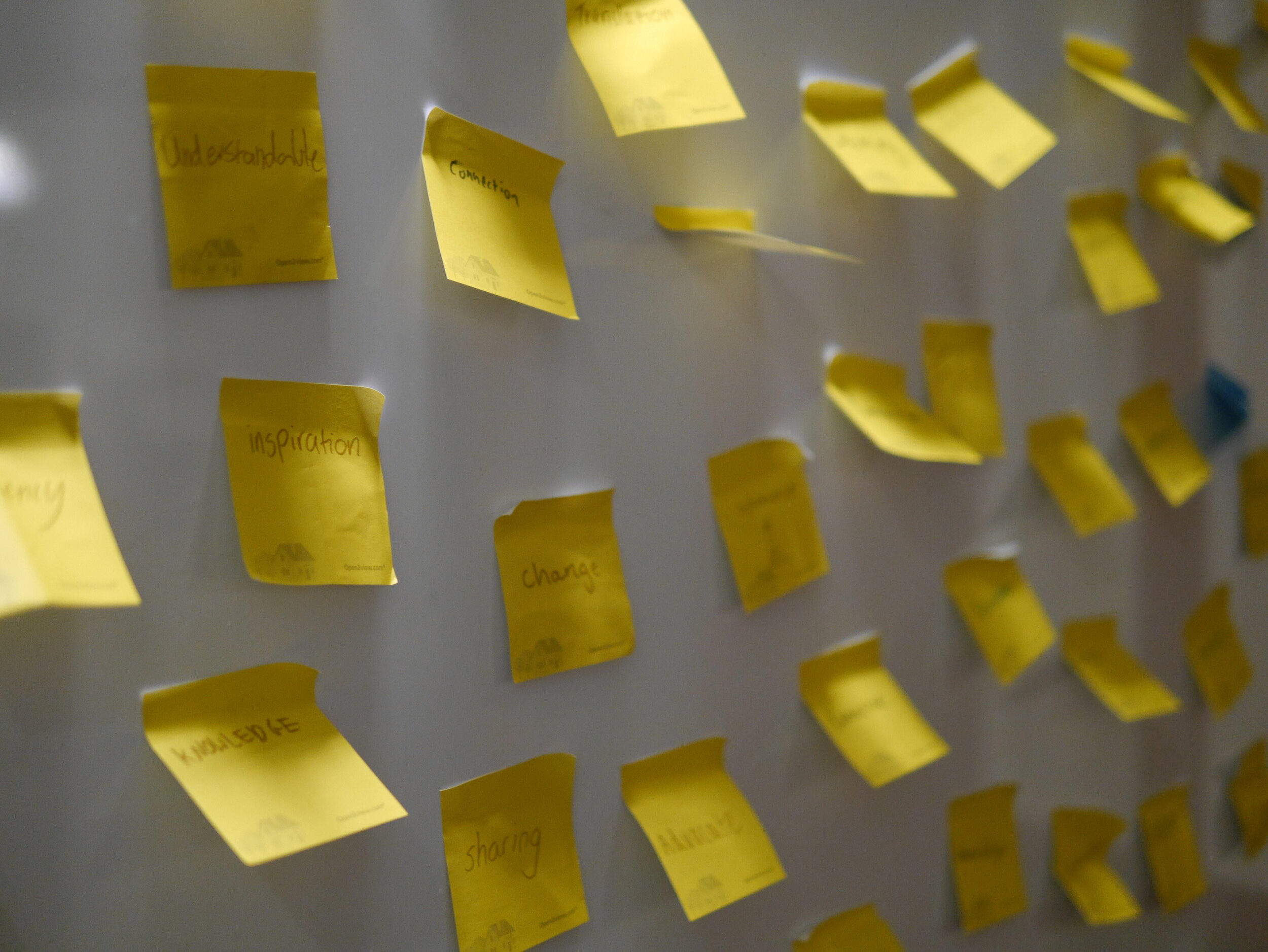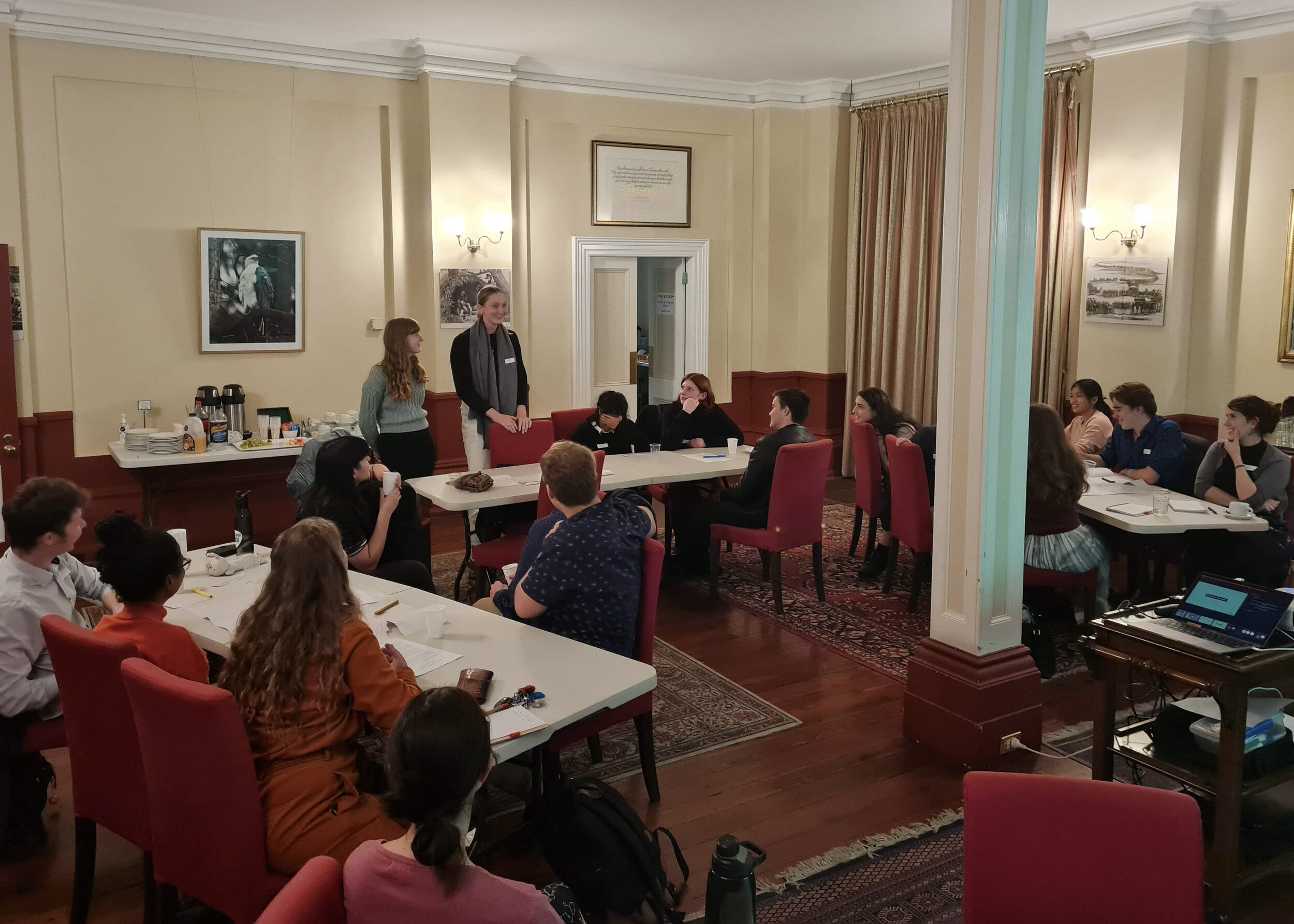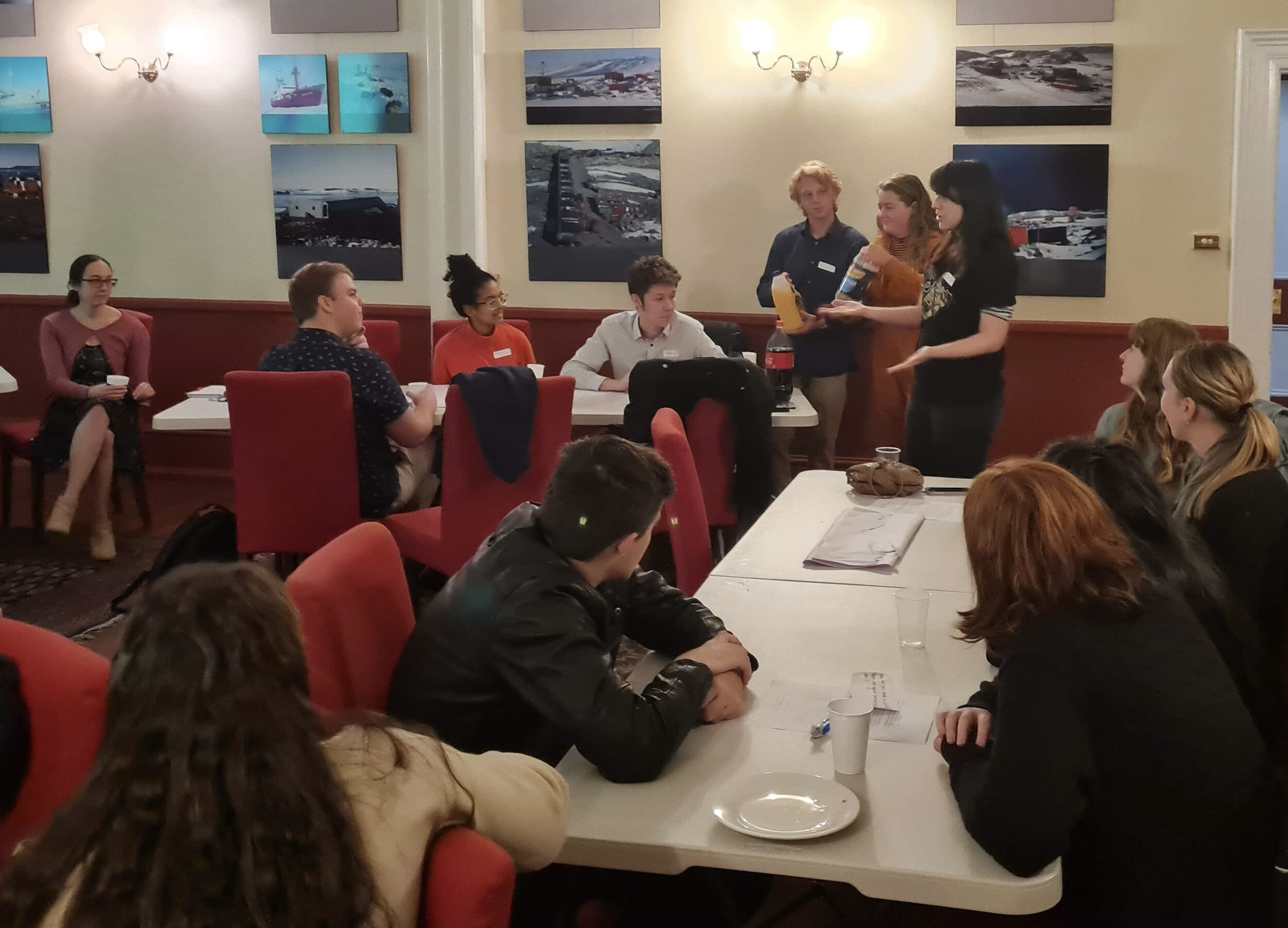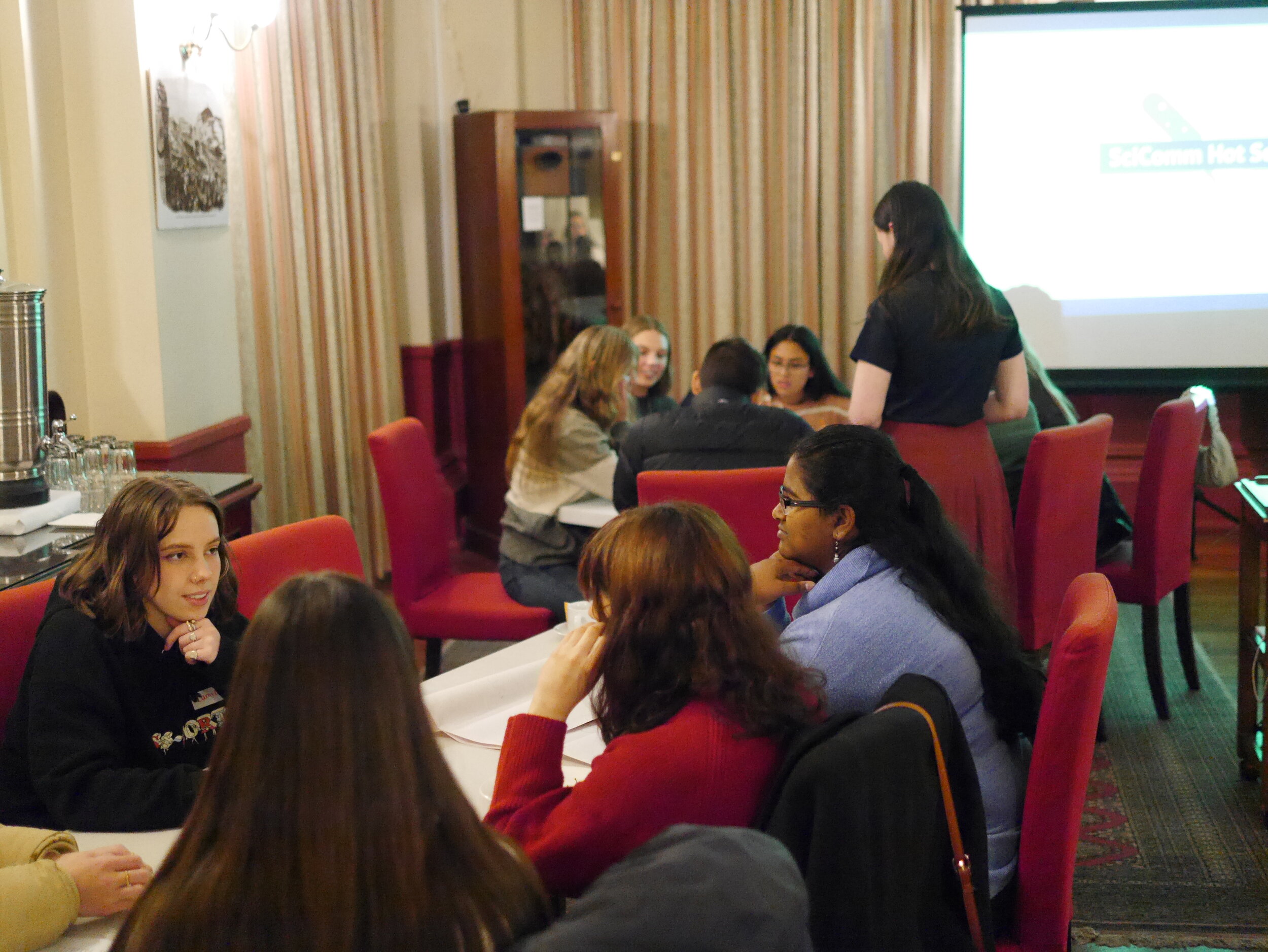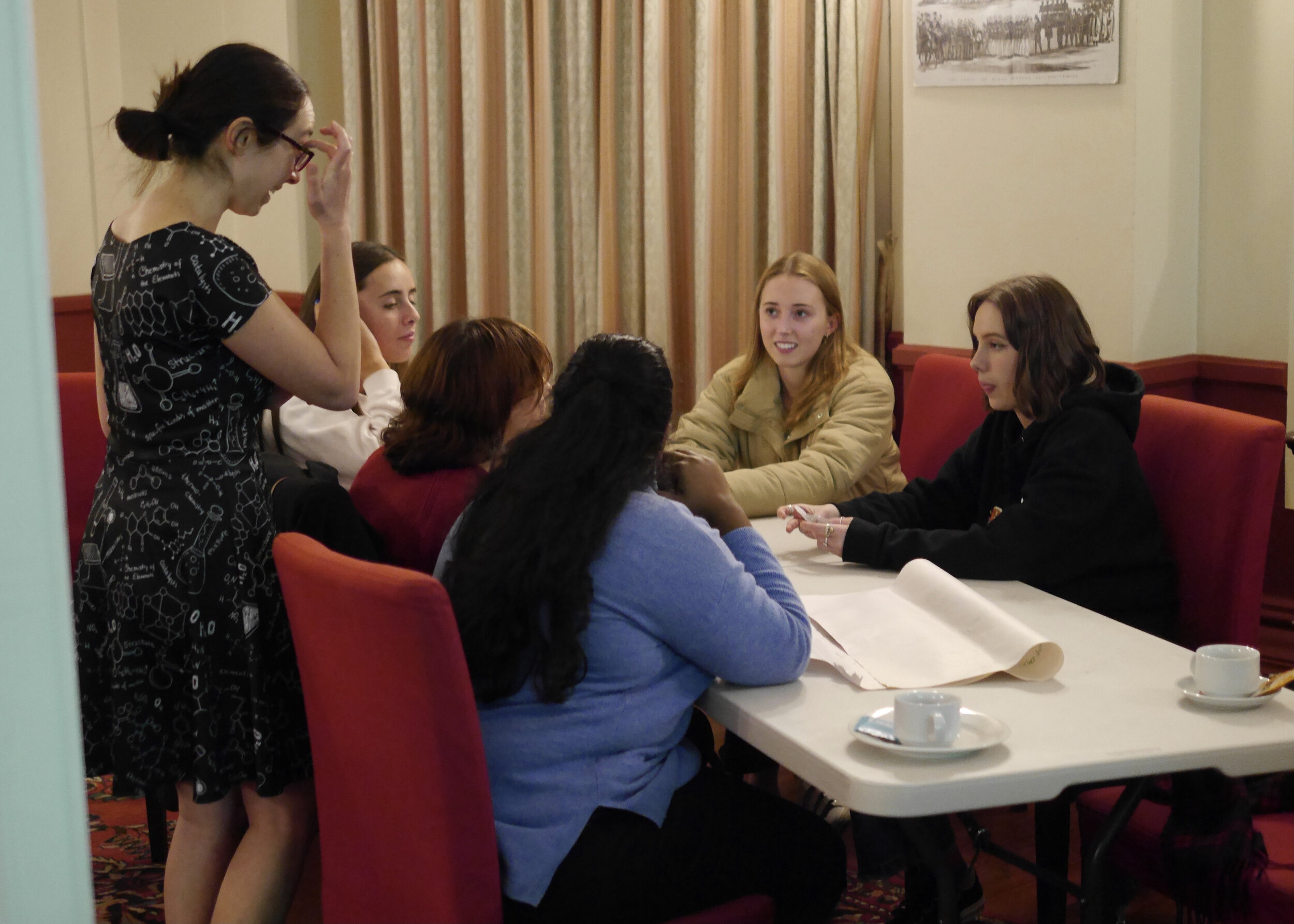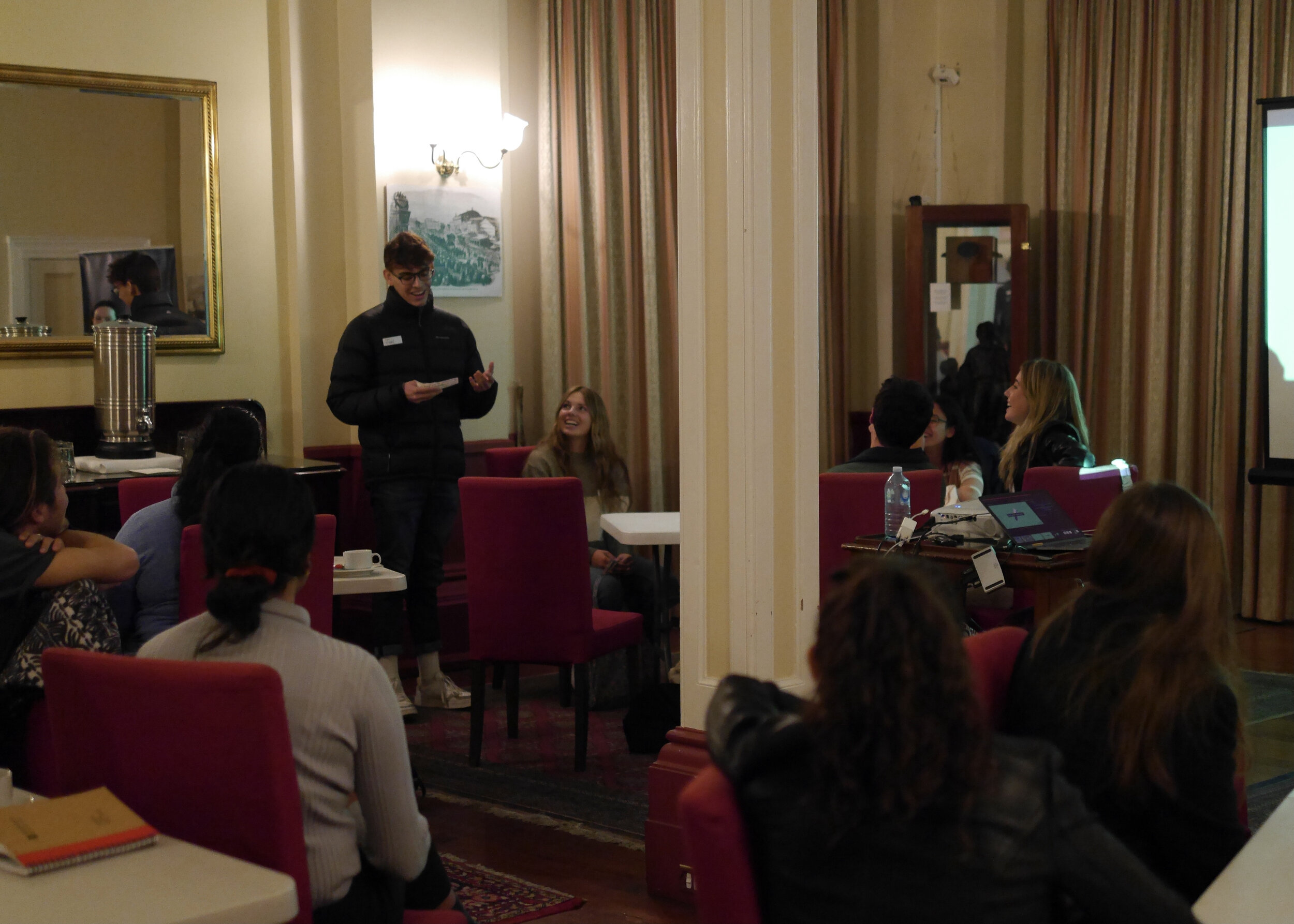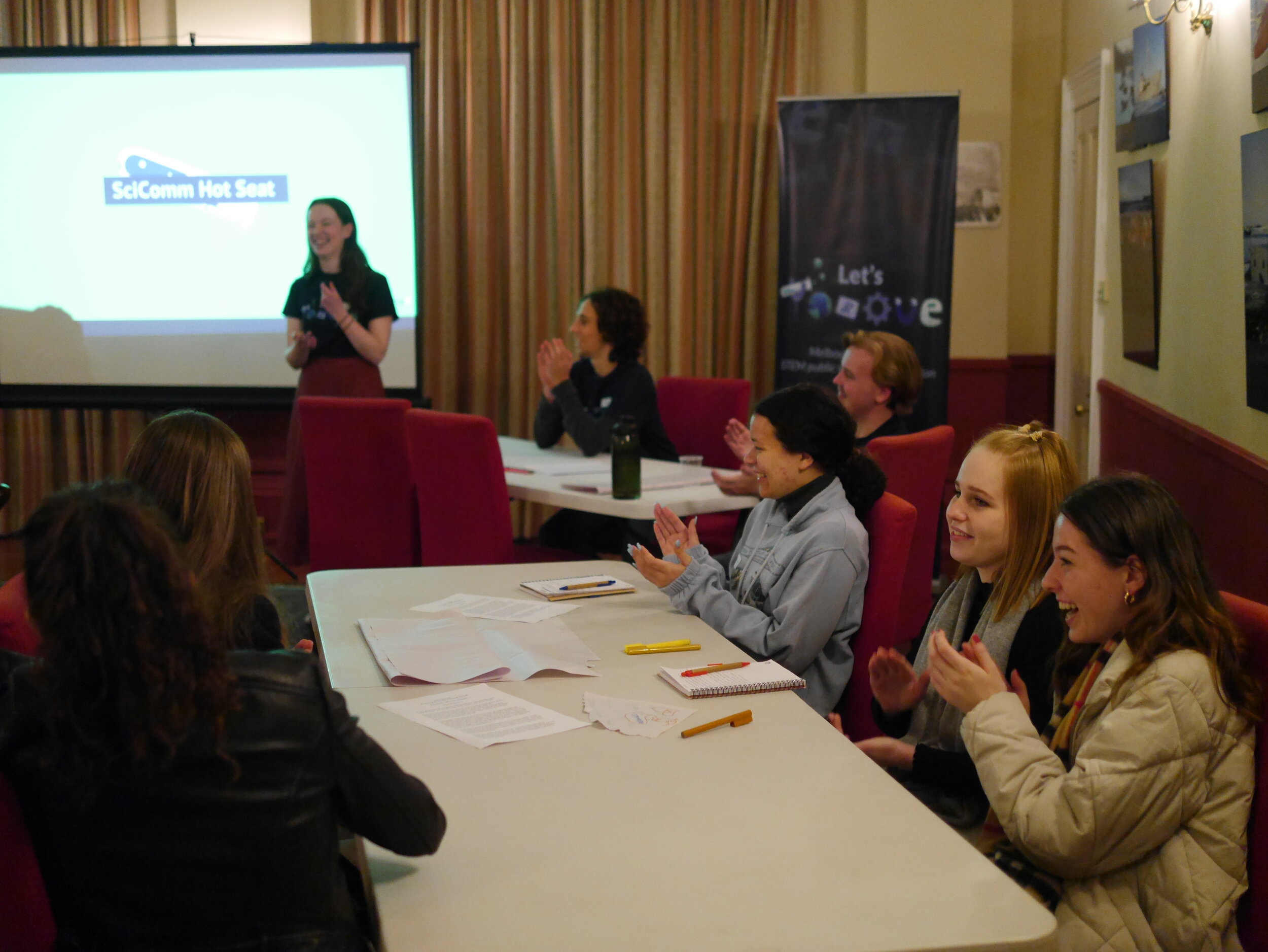Amidst the excitement of Science Week, Let’s Torque held their annual STEM public-speaking competition.
We were honoured to witness the sharp and engaging presentations from some of the finest undergraduate science communicators!
Our fantastic judging panel featured esteemed science communicators: Catriona Nguyen-Robertson (@CatrionaNR), Dr Leonie Walsh (@lkw_sci) and Dr Shane Huntington (@DrShaneRRR).
The keynote address from Zoos Victoria’s wonderful Dr Marissa Parrott (@drmparrott) discussed the need for effective science communication to tackle misinformation and spark environmental protection.
It was inspiring to learn about the widespread impact of campaigns such as “When Balloons Fly, Seabirds Die”. Although this began as a call-to-action initiative discouraging plastic balloon use, the campaign succeeded with the recent statewide balloon ban.
Moving on to the competition. Another special thanks to each of the grand finalists for your enthusiasm and diligence behind the scenes. We are deeply grateful for your swift adaptation to the online transition of competition.
Fourth-place finalist, Luke Antzoulatos provided an insightful introduction into the novel application of nanoparticles against bacterial infection. Will a “cocktail” of nanoparticles become a remedy in the near future?
Nano-Terminators - Luke Antzoulatos
Sticking to the theme of a small-scale concept catapulting into far-reaching effects, audience favourite, Georgina Aiuto pondered how a snappy second affects GPS accuracy. Following the 2019-2020 bushfires, conservation of native animal populations may depend on how we define a “second”…
Take a Second for the Future - Georgina Aiuto
Just narrowly short of first-prize, Sanjeeban Chattopadhyay’s impactful delivery addressed a fresh solution to urban flooding. To keep your stroll in the streets flood-free, permeable pavements can absorb and redirect excess rainwater.
Permeable Pavements: A Key Design for a Water-sensitive Future - Sanjeeban Chattopadhyay
Finally (drum roll please), our first-place winner, Joshua Nicholls glimpses into the technical advancement of the bionic eye. Although replicating an organ is its own feat, it will have profound benefits for the visually impaired community.
Bionics: Seeing into the Future - Joshua Nicholls
Deepest gratitudes to RSV and our advisory board, as well as the Let’s Torque team for pulling this event together.
Missed the livestream? Don’t fret! Watch the 2021 Grand Final here.


















